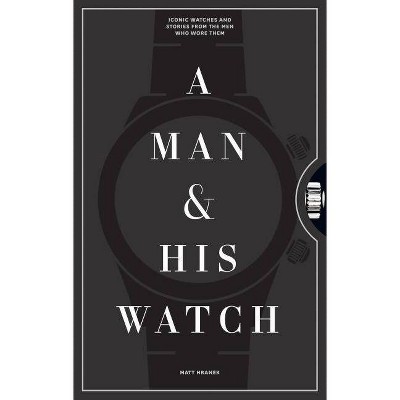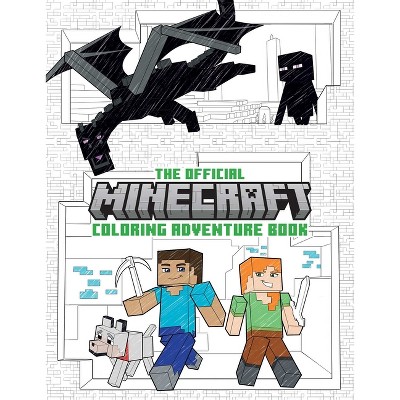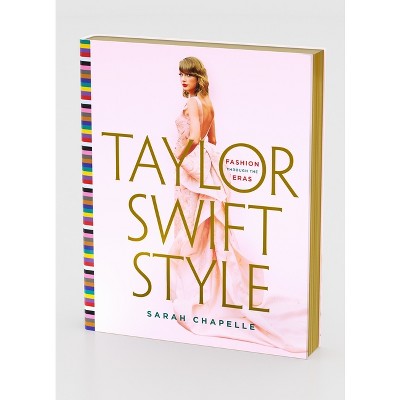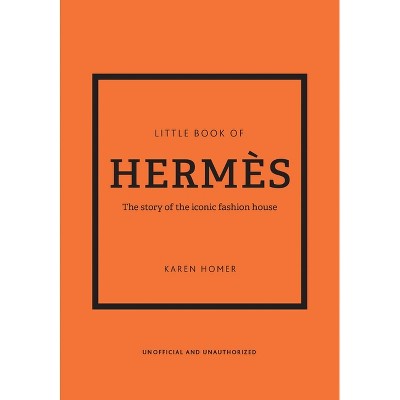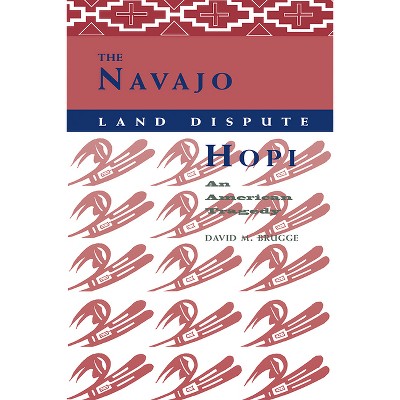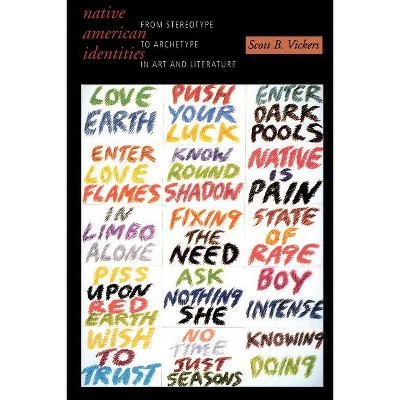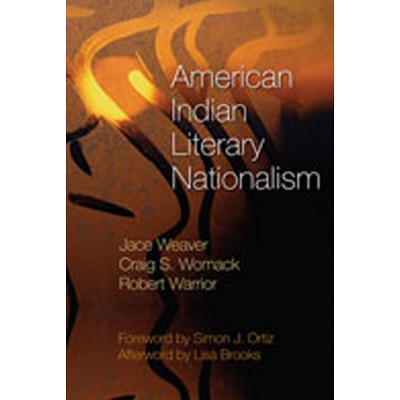About this item
Highlights
- The daily Native American art market at the Palace of the Governors is Santa Fe, New Mexico's most popular tourist attraction.
- Author(s): Karl A Hoerig
- 277 Pages
- Art, Native American
Description
About the Book
A study of the Native American Vendors Program, which provides Santa Fe-area American Indian vendors space under the Portal of the Palace of the Governors to sell jewelry, pottery, and other items they have made.Book Synopsis
The daily Native American art market at the Palace of the Governors is Santa Fe, New Mexico's most popular tourist attraction. Known as the Portal Program for its location under the front portal, or porch, of the Palace, the program is descended from informal markets held in the same location since the mid-nineteenth century. Officially recognized as an educational program by the Museum of New Mexico, the Portal is reserved for Native artists who display and sell work they and members of their families have made.
It is more than just a good place to sell authentic indigenous art. The Portal is a Native American-controlled workplace that supports hundreds of families throughout New Mexico. As a museum program, it is an instructive example of how Native people and state institutions can work together to promote understanding and to support indigenous cultures. The Portal is also a place of dynamic interaction among a diverse group of Native American artists and visitors from around the world.
Karl Hoerig has worked collaboratively with the program's participants since 1995. Utilizing extensive interview extracts, this history and ethnography explores the Portal from the inside out.
Review Quotes
"Refreshingly readable, insightfully argued, and well-researched, Karl Hoerig's "Under the Palace Portal: Native American Artists in Santa Fe" offers an in-depth look at one of Santa Fe's most important tourist attractions, the Portal Program. . . . Hoerig has provided more than just a fine history of a local phenomenon; he has described a program that could serve as a model for Native artists across the country."
"This book is notably important in that it chronicles the artists' memories. Hoerig does this in a manner that honors the participants as multidimensional human beings, whose struggles are made evident to the reader. [Hoerig] dispels any sterotypical notion of the artist as a traditionalistic creator. . . . Ultimately, we gain an understanding of the complex human life and artistic talent that is testament to the dynamic energy of the Portal Program."
""Under the Palace Portal" approaches the widely studied subject of tourism in the Southwest from a different perspective by giving voice to native artists. Hoerig's study shows that the view is quite different looking out from the palace portal."


